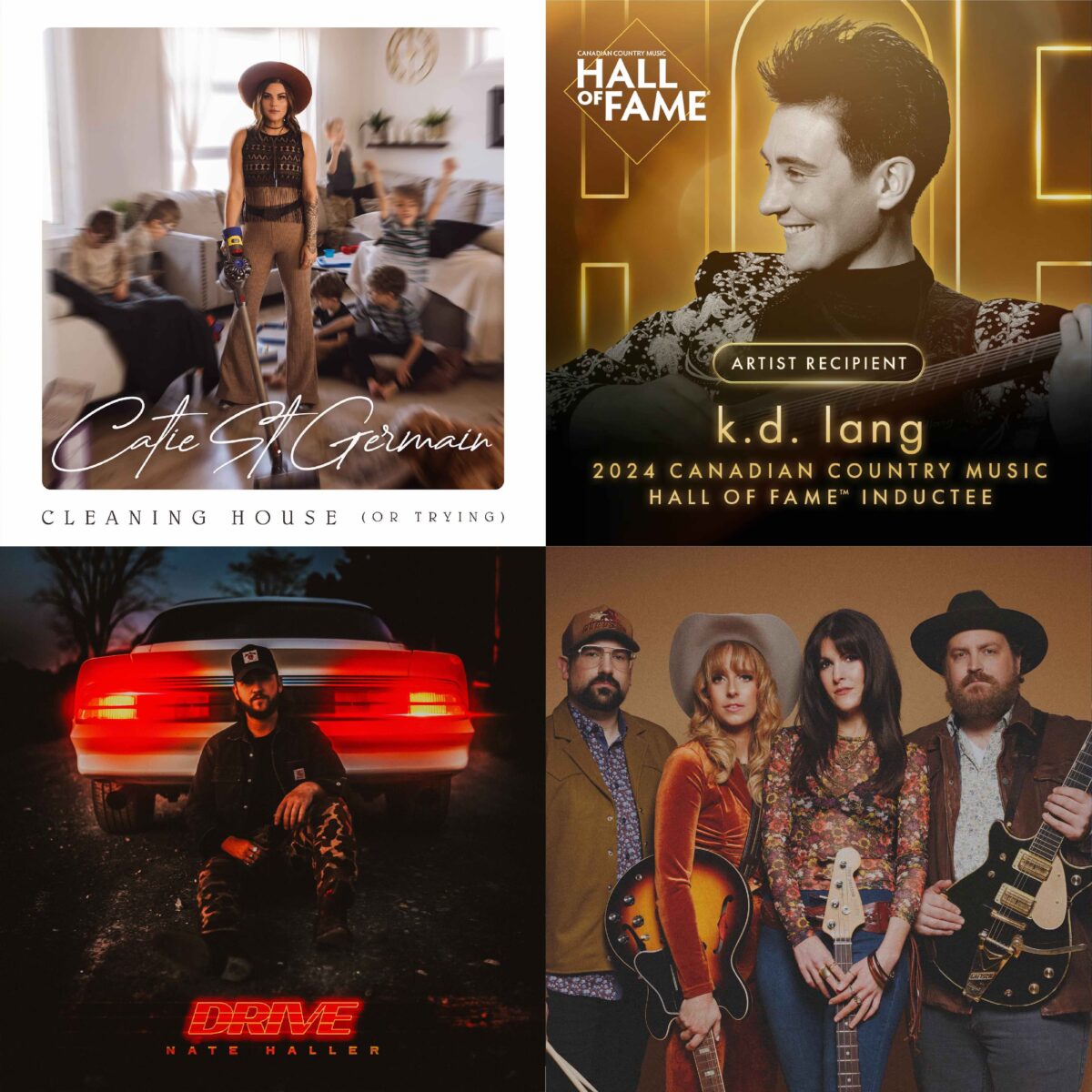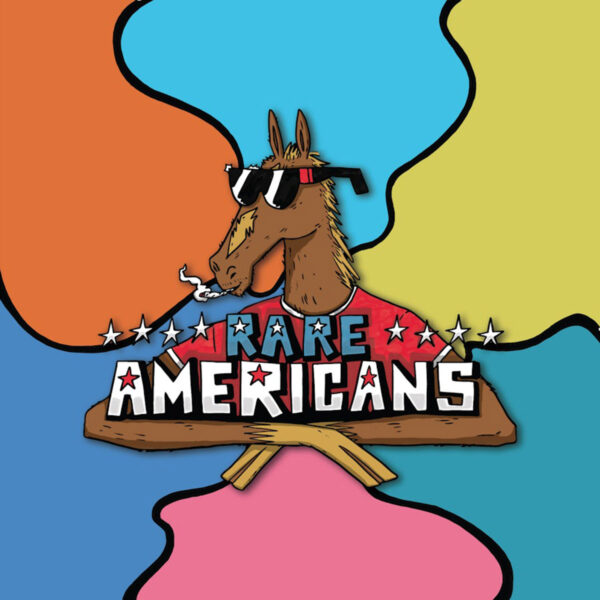Talk about good musical genes. First you have Canada’s legendary Good Brothers, twins Brian and Bruce, and brother Larry, who have been cranking out fine country and bluegrass for over 40 years. The next generation of Goods, Bruce’s sons Dallas and Travis, have found great success fronting much lauded roots rockers, The Sadies. If you thought that’s where the Good talent pool ended, think again. Case in point is the recently released Good Family Album, which features Bruce, Larry, Dallas and Travis as well as star turns from Bruce’s wife Margaret and his niece D’Arcy. Rounding out the extended family are Sean Dean and Mike Belitsky, the rhythm section for The Sadies. Some are calling this clan the Canadian equivalent to one of country music’s founding families, The Carter Family.
“That’s a great compliment but I don’t think anyone can be compared to the Carter Family,” Bruce says over the line from his Newmarket home. “They were the pioneers of what country groups are today. The comparison may come from the fact that we’re a family and this is kind of a country record and there’s an autoharp involved, but that’s where it stops. There’s really no comparison because they are legendary.”
[quote]”It was kind of like a Good-stock rather than a Woodstock festival.”[/quote]The genesis for the Good Family project was in the United Kingdom when The Sadies invited their family to go on tour with them. They would bring the family up for half a dozen songs and the audiences simply lapped it up. This lead to them gathering material together and heading to the studio. The only family member who is notable by his absence on the album is Good Brother co-founder Brian.
“Brian is okay with it and everything is fine,” Bruce assures. “He performs with his wife quite a bit and they made their own album two years ago. They call themselves Good Company so that was their project and this is ours, but that doesn’t mean we still won’t be on stage together or that Brian won’t be part of any future family project. In fact, we just played a show in London Ontario a couple of weeks ago and The Sadies and the entire Good Brothers were on stage together. Brian understands that it’s a project that Margaret and I wanted to do with our kids. My brother Larry plays a distinct instrument (banjo) and we felt that it was a must to have D’Arcy’s fiddle and vocals.”
[youtube width=”600″ height=”338″ video_id=”LTbnZdXWJsM”]
D’Arcy turns out to be the album’s most potent weapon as she quickly demonstrates her terrific singing and sawing on the opening track Coal Black Hills. For Bruce it’s remarkable that D’Arcy is even on the album as she narrowly missed crossing the point of no return several years back.
“D’Arcy has come from a very dark place in her life. She was away from the family for a few years and was heavily into drugs. We were afraid we were going to lose her and only through a family intervention were we able to bring her back from the abyss. Her new drug is music; she’s been clean for seven years now. She’s a miracle and an inspiration for this recording and her experience has brought the family closer together,”
Although she would appear to be another newcomer to the proceedings, Bruce’s wife Margaret has always had music in her blood but she put that part of her life aside to raise their children and become a school teacher. Now that the “Sadies babies” (as Bruce calls them) have flown the nest, Margaret has had more time to hone her vocal chops. One of the album’s highlights is Paradise, a song written by Blue Rodeo’s Greg Keelor, a wistful number about lost love that Margaret sings with an aching heart. She also dusts off one of her own songs, Same Old Song, and an important part of the original demo of the song found its way onto the new recording.
“Margaret wrote that song in 1978 and Terry Clements asked her to put it down as a demo,” Bruce recalls. “Terry was Gordon Lightfoot’s guitar player for over 30 years and he passed away a couple of years ago. Margaret’s lived with that demo for all of these years and when it came time to record this album she mentioned that she had a cassette of the song. We recorded it and Dallas, who produced much of the record, managed to keep Terry’s guitar lick from the old cassette and put it on the new recording. We’re glad it worked because Terry believed in the song back then and it’s great to have him as part of the project.”
[youtube width=”600″ height=”338″ video_id=”8nE33MrjEFc”]
A second piece of historic tape that found its way to the album is an old reel to reel recording of Travis and Dallas, aged seven and three respectively, having some fun in the studio with their dad. A snippet of the tape was used in the closing instrumental (entitled Instantmental Breakdown) capturing the boys saying “Thank you very much, thank you for listening”, providing a perfect full-circle ending to the family recording. The boys have certainly grown up and Dallas’ marvelous production melds banjos and dobros with electric guitar, drums and bass in a non-traditional manner without sacrificing the record’s rootsy feel. At the end of the day the only thing missing was a traditional bluegrass song and Dallas gave his marching orders a la Stompin’ Tom.
“Dallas asked us to write a bluegrass song for the album and the only guideline he gave us was to keep it Canadian,” Bruce says. “Larry, Travis and I got together and came up with Outside Of Saskatoon. We resisted the idea of covering a bluegrass standard like Will the Circle Be Unbroken, but we perform that one in concert as the last song of the night or as the encore. We also do some gospel covers like I’ll Fly Away, some Bob Wills and some Hank Williams, but even on stage we still like to concentrate on the originals.”
Contrasting the up-tempo Outside Of Saskatoon is the poignant Restless River, written and sung by Bruce. The song has a beautiful melody which underscores the sad story of a native girl who is stripped of her heritage and ultimately finds her salvation in the river that runs near her place of birth.
“That song was inspired by our step mom,” Bruce begins. “After our mother died our father married an Ojibway from just south of Sudbury. She was taken away from the reserve as a child and never went back until she returned with my dad when they moved there. She was able to return to the river after all those years so that was the inspiration for the song. It conveys a tragic story but the great part of the true version is that my stepmother got to go back to the river and she was able to enjoy the reserve that she came from one more time.”
If there’s a down side to the Good Family project, it’s the possibility that the number of Goods involved could become unwieldy especially if that number continues to grow. In fact, this has on occasion already caused Bruce’s head to spin.
“Sometimes it gets a little confusing in terms of who I’m performing with,” he chuckles. “We just played a couple of festivals where The Good Brothers, The Sadies and The Good Family were all performing. With all of the variations out there I started to get confused about who I was playing with and where. It was kind of like a Good-stock rather than a Woodstock festival.”














